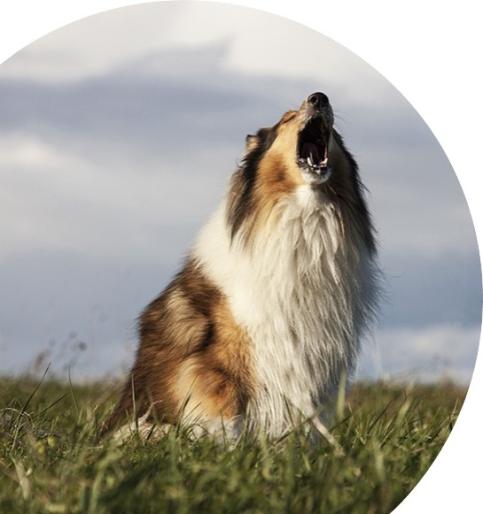Background & Aims

During the thousands of years of domestication and co-evolution with humans, a special relationship between dogs and humans was formed. Through the processes of domestication humans and dogs learned to communicate and understand each other. Humans are able to categorize dog bark, e.g. aggressive or playful, even if they previously have never owned a dog and similarly, dogs can distinguish human vocalization and determine if the human is happy or angry. Interestingly, dogs have broadened their vocal repertoire compared to the ancestral wolves, and use whining and whimpering sounds instead of just barking. Humans change their speech patterns when talking to dogs using a higher pitch, which is similar to the speech used when talking to human infants.
There are several factors that can affect the communication between dogs and humans. It has been found that female dogs seek more physical contact than male dogs and several studies have found an increase in eye contact-seeking behaviour with increasing age. The contact-seeking behaviour could also be affected by the personality of the dogs, where more sociable dogs seek more eye contact than less sociable ones.
Turn-taking
During a conversation several features are important to create a successful dialogue. Turn-taking is an important feature to minimize gaps and overlaps in communication between humans and is found in several other species. Turn-taking can be described as short turns at talking where the participants swiftly alternate who is talking. Turn-taking has been found in non-human primates such as marmosets, squirrel monkeys, siamang monkeys and titi monkeys.
Aims
The aim of the present study was to deepen the understanding of the communication between dogs and humans, with focus on the vocalized communication. To do this, I investigated dogs and their owners during a request situation to address the following five questions;
1) Does turn-taking occur during vocal communication between dogs and humans?
2) Do dogs change the frequency of their vocalization in response to their owners changing the frequency of their vocalization?
3) Do dogs change the intensity of their vocalization in response to their owners changing the intensity of their vocalization?
4) Do the dogs’ personality, sex or age affect the dogs’ communication with their owners?
5) Are there any correlations between certain behaviours performed by the dogs and their vocalization with their owners?
Responsible for this page:
Director of undergraduate studies Biology
Last updated:
05/22/19
